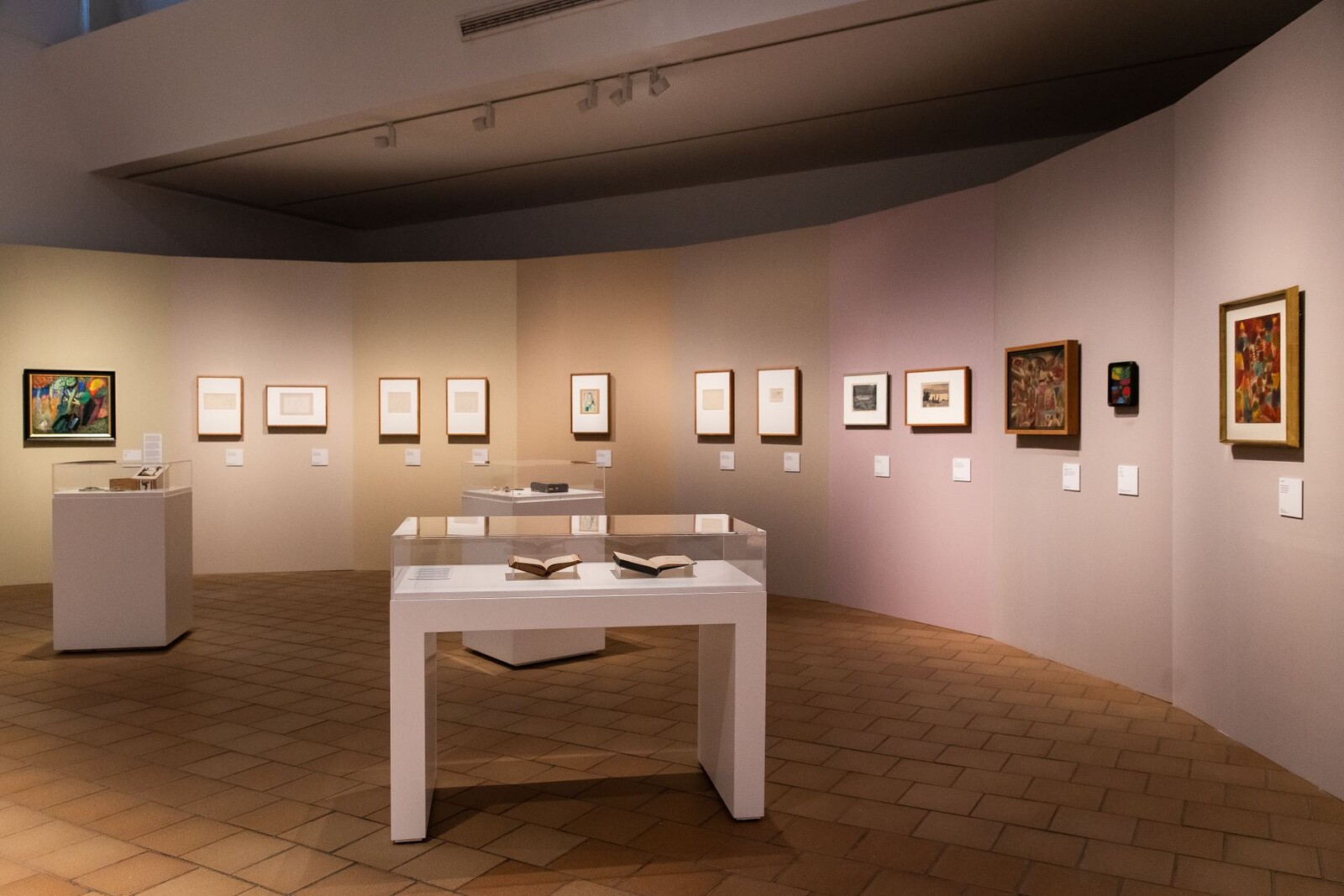October 21, 2022–February 12, 2023
Parc de Montjuic, s/n
08038 Barcelona
Spain
Hours: Tuesday–Sunday 10am–8pm
T +34 934 43 94 70
info@fmirobcn.org
The Fundació Joan Miró and the Fundación BBVA present Paul Klee and the Secrets of Nature, an exhibition about the importance of the study of the natural world in the artist’s work.
Throughout his life, the Swiss-born German artist Paul Klee (1879–1940) felt an undying fascination for the observation of nature. For him, the contemplation of natural phenomena was an art in its own right, which allowed him to go beyond the world of appearances in order to understand underlying laws and to create works based on them.
Curated by Martina Millà, head of exhibitions at the Fundació Joan Miró, the exhibition Paul Klee and the Secrets of Nature examines the connection the artist felt with the natural environment, in which he found not only a field of study and a pedagogical model, but also a source of inspiration and solace. In collaboration with the Zentrum Paul Klee in Bern and with advice from its chief curator, Fabienne Eggelhöfer, the show also aims to demonstrate just how important the exploration of natural phenomena was for the formation and development of an artist like Klee, one of the most outstanding artists of the European avant-garde and perhaps one of the most surprising ones to rediscover through the lens of nature itself.
Sponsored exclusively by the Fundación BBVA, the exhibition unfolds over four galleries that invite visitors on a chronological journey through Klee’s holistic view of nature, from his formative stage right up to his final years, while also examining the impact of the First World War and the definition of a theoretical framework during his time teaching at the Bauhaus. Visitors will be able to learn about this aspect of Klee’s work from the more than 200 pieces selected for the occasion, among which are paintings, drawings, pedagogical documentation and natural objects mainly from the Zentrum Paul Klee’s collection. In line with the current revision of 20th-century art canon and as part of the effort to recover the names and careers of female artists silenced by the official accounts of the history of art, the exhibition includes works by women artists, some contemporaneous with Klee, such as Gabriele Münter (1877-1962), Emma Kunz (1892–1963) and Maruja Mallo (1902–1995). The closing of the exhibition has been entrusted to contemporary Swiss artist Sandra Knecht, who was born in the same canton as Klee and advocates rural life as part of her practice. To establish a dialogue with Klee, Knecht makes a reflection on the disease that the artist suffered from, understood as a natural process.
By examining Paul Klee’s special rapport with natural phenomena, the exhibition Paul Klee and the Secrets of Nature also offers visitors an insight into how contemporary society has constructed its view of the natural world. In the words of its curator, Martina Millà: “at a time when, facing imminent planetary collapse, there is speculation about survival strategies […] we would like to see this project as an exercise that can help us reposition ourselves by revisiting that period which marked the start of the problematisation of our gaze and of our current understanding of the phenomena of nature. Visitors can find a great opportunity to rethink their relationship with artistic practices connected with the agenda of modernity and with a planet subjected to an unstoppable process of ecosystem and biodiversity destruction; a planet that has nevertheless been the sounding board and a canvas on which human creativity has been unleashed.”
The project is accompanied by a catalogue that includes a broad selection of the show’s works, a curatorial text by Millà, and an essay by Fabienne Eggelhöfer as well as a pedagogical manifesto written by Klee in 1923 entitled Ways to Study Nature. The catalogue concludes with a conversation between Myriam Dössenger, a researcher at the Zentrum Paul Klee, and artist Sandra Knecht.






